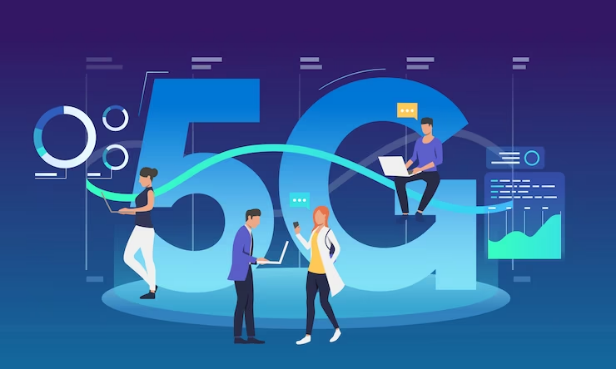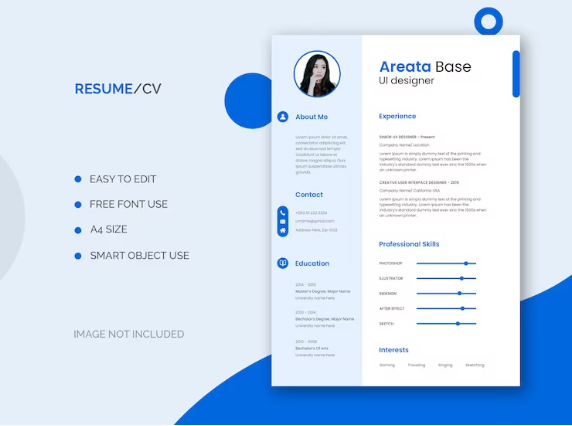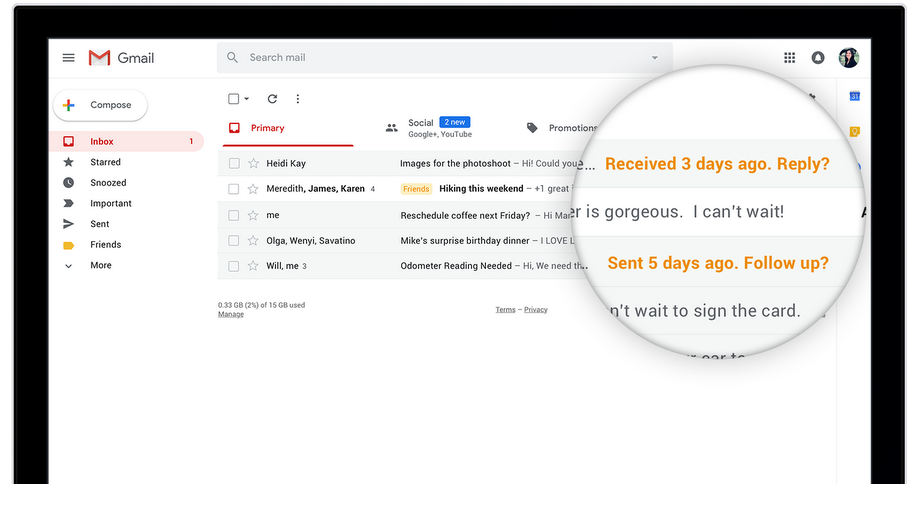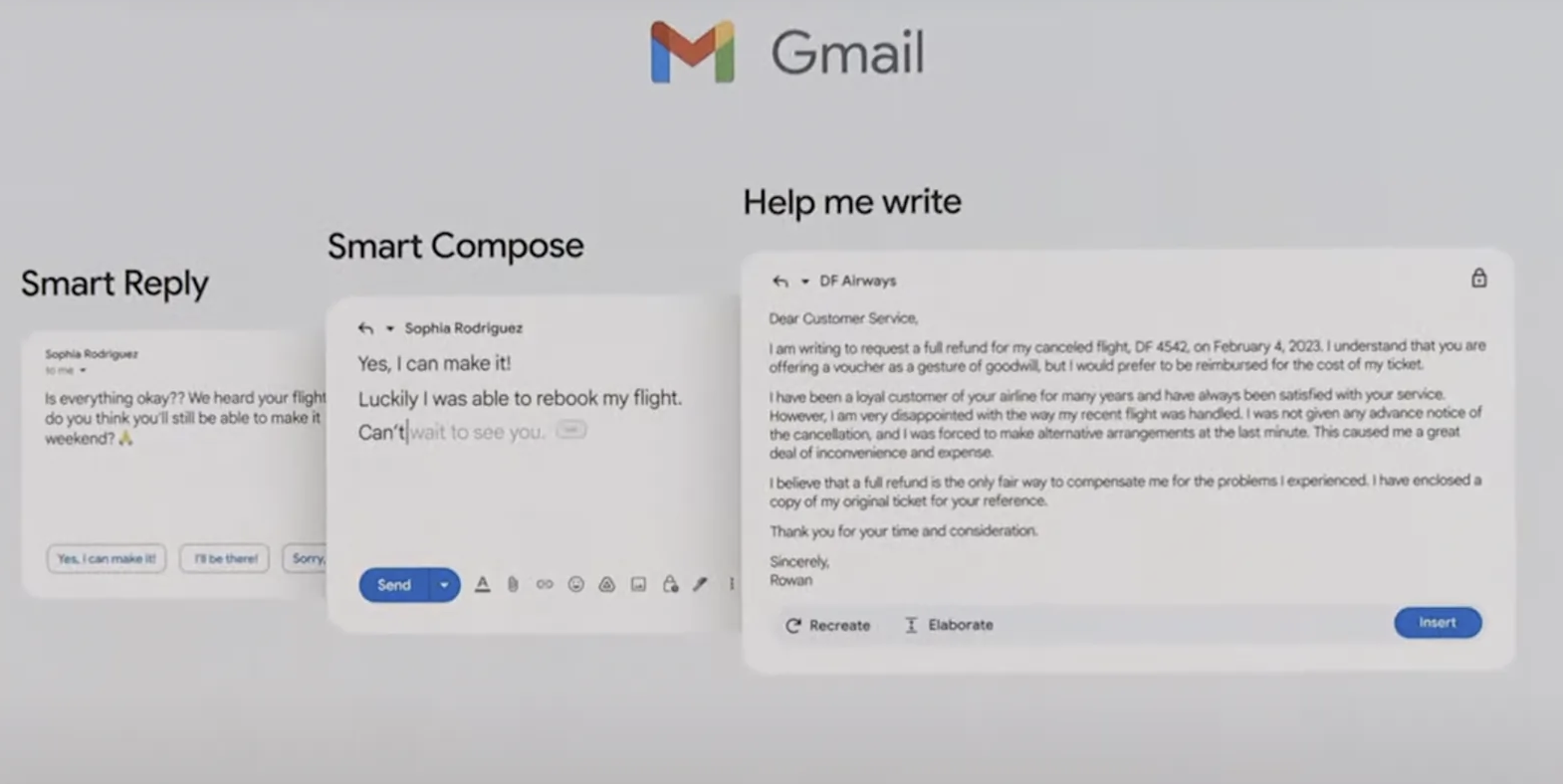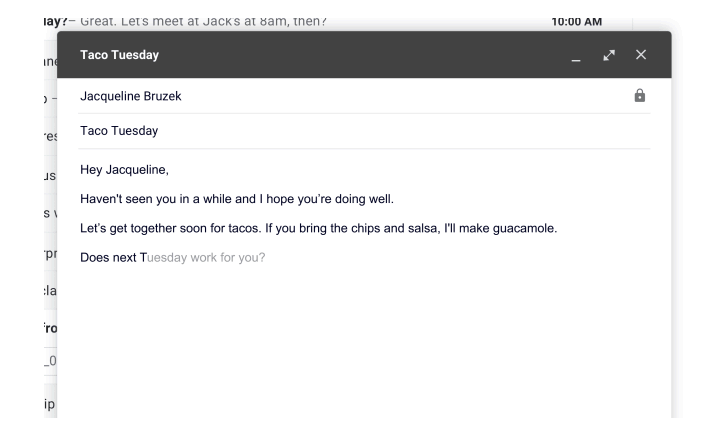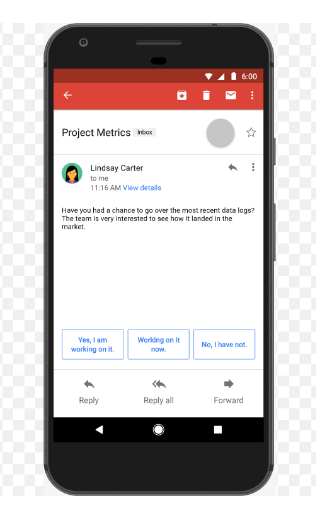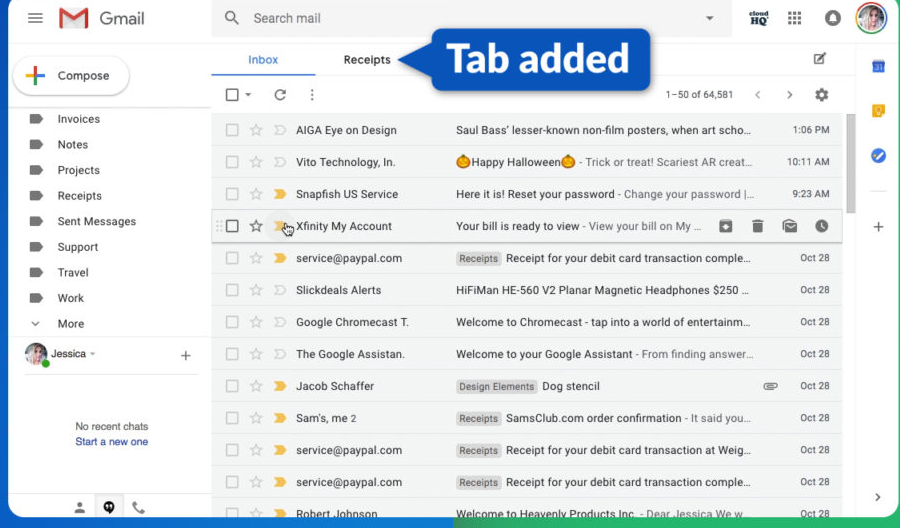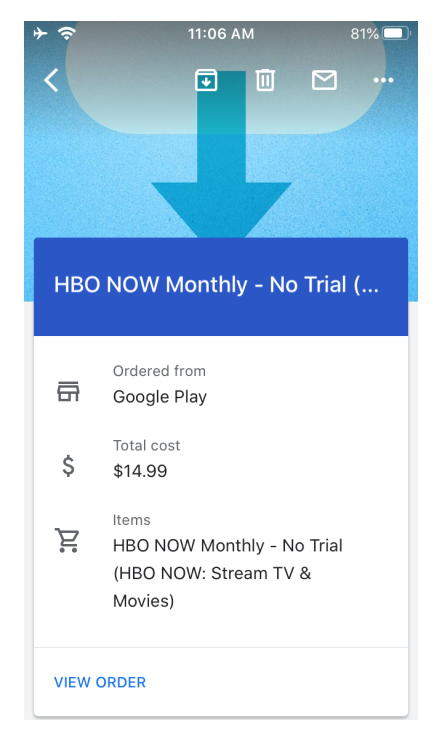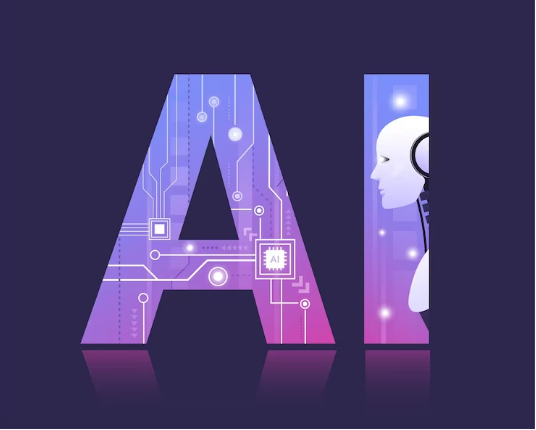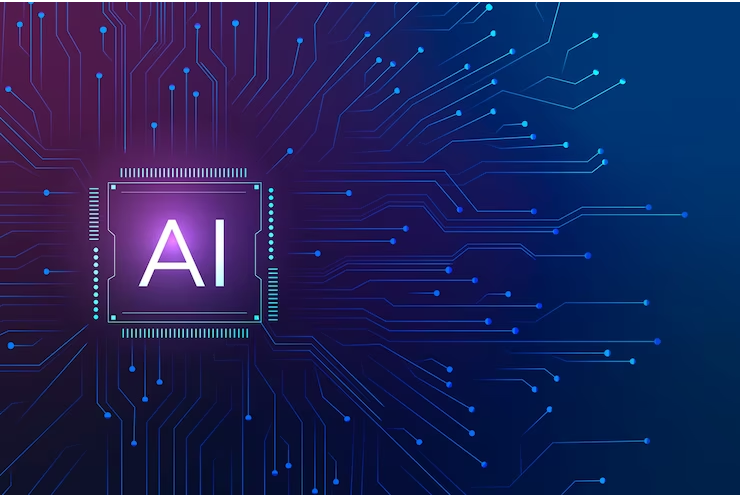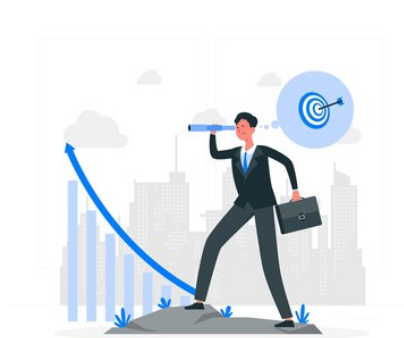
Computer software is a collection of programs, data, and instructions that enable a computer to perform various tasks and operations. It is intangible, meaning you can't physically touch it, but it plays a crucial role in how computers function and what they can do.
There are two main categories of computer software:
-
System Software: This type of software manages and controls the basic operations of a computer system. It includes the operating system (e.g., Windows, macOS, Linux) that acts as an intermediary between the hardware (physical components of the computer) and the user and application software. System software ensures that hardware resources are properly utilized and that various software programs can run smoothly on the computer.
-
Application Software: Application software is designed to perform specific tasks or functions for the user. Unlike system software, which is essential for the computer to function, application software is not necessary for the computer's basic operations. Instead, it serves the needs and preferences of users. Examples of application software include web browsers (like Google Chrome and Mozilla Firefox), word processors (like Microsoft Word and Google Docs), photo editing software (like Adobe Photoshop), and media players (like VLC Media Player and Windows Media Player).
In Africa, computer software plays a crucial role in various aspects of life and work. It enables people to access information, communicate with others, perform tasks efficiently, and be creative in their endeavors. For instance:
-
Educational Purposes: Software applications can be used for educational purposes, such as e-learning platforms that provide access to educational resources and interactive lessons.
-
Business and Finance: Software is employed in businesses for accounting, inventory management, payroll processing, and customer relationship management (CRM).
-
Communication: Instant messaging apps and social media platforms are examples of software used for communication and networking.
-
Healthcare: Software applications aid healthcare professionals in managing patient records, conducting medical research, and improving diagnostics and treatment options.
-
Agriculture: Agricultural software can provide farmers with weather forecasts, crop management tools, and market information, enhancing productivity and profitability.
Computer software is a vital part of modern technology that enables computers to perform various tasks and activities. It empowers individuals, businesses, and communities in Africa and around the world to achieve their goals, be more efficient, and stay connected in an increasingly digital world.
What Is A Computer Program?
A computer program is a set of instructions written in a specific computer language that tells a computer how to perform a particular task or complete a specific series of operations. These instructions are like a step-by-step guide that guides the computer on what actions to take and how to process data.
To better understand this concept, think of a computer as a very capable assistant who can do a wide variety of tasks, but only if you provide clear and precise instructions. A computer program is like a recipe that you give to this assistant so that they can follow it and accomplish the desired outcome.
Computer programs are used for countless tasks and applications, ranging from simple calculations to complex tasks like managing databases, running video games, browsing the internet, and processing scientific data. They are essential for making computers useful and functional tools in our daily lives.
Programmers, who are skilled in various programming languages, create computer programs. These programming languages are a way for humans to communicate with computers in a structured and understandable manner. Just like people speak different languages, there are many programming languages, such as Python, Java, C++, and JavaScript, among others.
Once a computer program is written using a programming language, it needs to be translated into a language that the computer can understand. This translation process is called "compiling" or "interpreting," depending on the type of programming language used. After that, the computer can execute the program and follow the instructions to perform the intended tasks.
In Africa, computer programs play a vital role in various sectors of life and contribute to societal development. For instance:
-
Education: Educational programs can be used to teach various subjects, languages, and skills to students of all ages.
-
Healthcare: Computer programs help manage patient records, analyze medical data, and aid in medical research.
-
Business and Finance: Programs are utilized in financial transactions, data analysis, and resource management.
-
Agriculture: Programs can provide valuable information about weather patterns, soil quality, and crop management techniques.
-
Communication and Networking: Social media platforms and messaging apps are examples of programs used for communication and connecting people.
In summary, a computer program is a set of instructions written in a programming language that enables a computer to perform specific tasks and operations. It is a powerful tool that drives technological advancements and plays a significant role in improving various aspects of life in Africa and worldwide.

